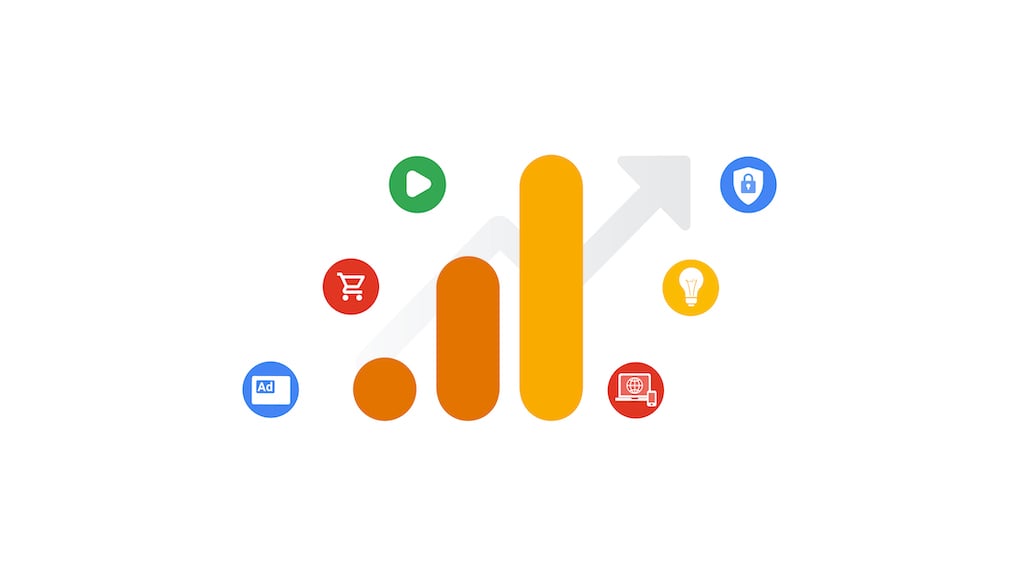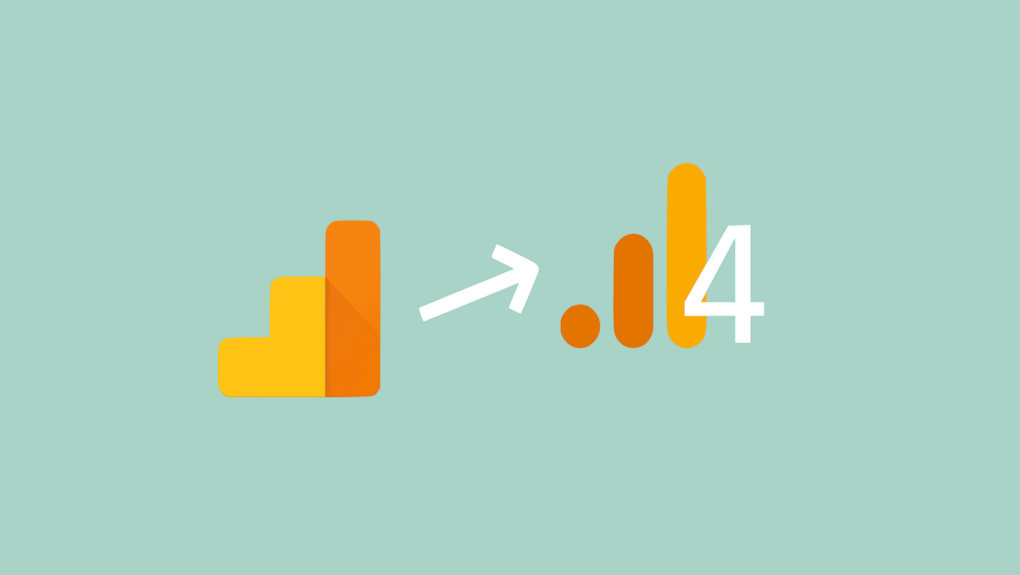In the fall of 2020, Google rolled out Google Analytics 4 (GA4) — the latest version of its massively popular Google Analytics Platform. With Google sunsetting Universal Analytics (UA) in 2023, now is the time to learn about the new platform.
This article will walk you through GA4’s
We’ll also show you how to use those changes to your advantage. Here are the main takeaways that we’ve discovered.
If your business runs any sort of digital marketing campaign, you probably heard about this release. But with Google’s continued support for its longstanding UA platform, many businesses have yet to make the leap. GA4 will likely become the new default for digital analytics measurement. With a steep learning curve and the historical data available in UA, however, it made sense for businesses to stick with the familiar option.
That’s about to change.
This year, Google announced that GA4 will be the only option for businesses’ Google Analytics measurement as of July 1st, 2023. That gives you just under a year to prepare for the change, and understand how to make the most of the new GA4 paradigm.
Luckily, Major Tom has been hard at work learning about GA4 properties. In fact, we’ve already been helping clients move their campaigns to the new platform.

Per Google, GA4 is the next best-practice iteration of the Google digital analysis platform.
In other words, this isn’t change just for change’s sake.
GA4 offers key new features that Google claims will make it a better fit for the future of digital advertising. They’ve designed this new standard around the changing reality of user privacy online, as well as accounting for increasingly complex brand journeys that span multiple platforms and devices.
The key takeaways:
Each of these features are designed to help you better understand and connect with your audience across platforms. They provide an essential solution as classic retargeting tools become less reliable.
Of course, there are challenges, too. GA4 is still in development, and so still lacks some of the functionality we’ve become accustomed to in UA. But there are still opportunities to build a foundation for your brand now.
How are those features different from Google’s current toolkit? Well, UA was built for a generation of online measurement defined by the desktop web. Its tools were designed to work best with independent sessions and more easily observable data from cookies.
This approach is quickly becoming obsolete.
In contrast, GA4 works across multiple platforms, and can understand your users without relying on cookies. That’s an essential feature for marketers, because cookie-based tracking will become less reliable and less available over the next few years. This is also helpful if your brand needs to support multiple apps and websites. It means that GA4 will provide a single source of truth that lets you track everything to the same property.
Another big change? GA4 uses an event-based data model to deliver user-centric measurement. That means that classic campaign KPIs like page views are collectively grouped as “events”. UA’s standard hit/session/user event scoping will be no more, greatly simplifying how we track data. This will also allow us access to new dimensional segmentation not previously supported.
Anything you’d want to track during a campaign is going to fall under this umbrella. However, there’s still plenty of room to filter and fine tune. You can now expand tracking to include detailed event parameters, expanding the amount of collected data at the event-level. This makes tracking even more robust across the full customer journey.
GA4 also offers some improved options for time-based tracking. In UA, you’re usually stuck measuring the time spent on a page. While this can help as a baseline, it makes it difficult to track the time spent on different actions in your funnel, or how long a user is engaging with different content. In GA4, The “elapsed time” feature lets you do just that, tracking the time between actions — like watching a video and making a purchase.
Last but not least, GA4 offers up significantly improved funnel and tracking paths. This was previously locked behind the premium Google Analytics 360 platform. Now, GA4 will let you:
This lets you follow your users’ steps throughout your funnel, customizing as you need to, and tracking where they’re converting or dropping off along the way.
Moving your business to GA4 is now a question of when, not if. But there are still plenty of reasons to embrace the change sooner rather than later.
First, with businesses scrambling to learn everything they can about the platform before July 1st, 2023, now is your chance to get ahead of the pack. An experienced GA4 partner can help you orient yourself more quickly for a strategic advantage over the stragglers — who may put off their migration until 2023.
It’s not just a question of expertise. There is an opportunity to collect historical data now — with a concurrent GA4 property — so that you don’t lack critical historical insights on the platform next year.

Remember: GA4 and UA use different data collection models, with new integrations and collection structures. While GA4 provides the option to track based on existing UA events, that functionality may not work after the changeover in 2023.
However, while both platforms are still available, you can run GA4 and UA properties in parallel. This will effectively preserve your historical data — but the window to do so will close once Google sunsets UA.
This takes the right dual tagging, which Major Tom can put into place.
Dual tagging allows you to hold onto your historical data while giving you time to learn the new platform and prepare for upcoming features. This means you’ll also start collecting data within GA4 now, providing months’ worth of data to support your business decisions sooner. Like most platforms, GA4 does not collect data retroactively!
In a new update released July 11, 2022, Google announced that Search Console Insights now supports Google Analytics 4 properties. Google launched Search Console Insights last year to provide helpful insights on how your site content performs, and how users discover it on the web. It got good feedback from both content creators and SEOs, who found it helpful for understanding how to improve their content.
Key tips and insights:
Our current best-practice recommendation for clients is to create and maintain a GA4 property now. This lets you run it in parallel with your existing UA, and implement the crucial dual tagging we mentioned above.
Major Tom has already begun helping clients take these first steps — and are meeting with our partners throughout the GA4 rollout to plan for what’s next. We’re also putting our money where our mouth is, and have migrated Major Tom’s own analytics over to GA4, in tandem with our existing UA setup.
If you’re still feeling uncertain about the change, now is also a great time to learn more about GA4. The Major Tom team has been studying up, adding to our internal library of resources, and even hosted a company-wide Lunch and Learn to get the full team up to speed.
If you’re looking to do the same, Google is a great place to start. They offer a selection of self-serve resources to help you learn the basics of their new platform.
If you’re looking for a more experienced guide to your GA4 migration, don’t hesitate to reach out! Or, you can subscribe for future updates as the march towards GA4 continues.
Receive exclusive action-focused content and the latest marketing insights.